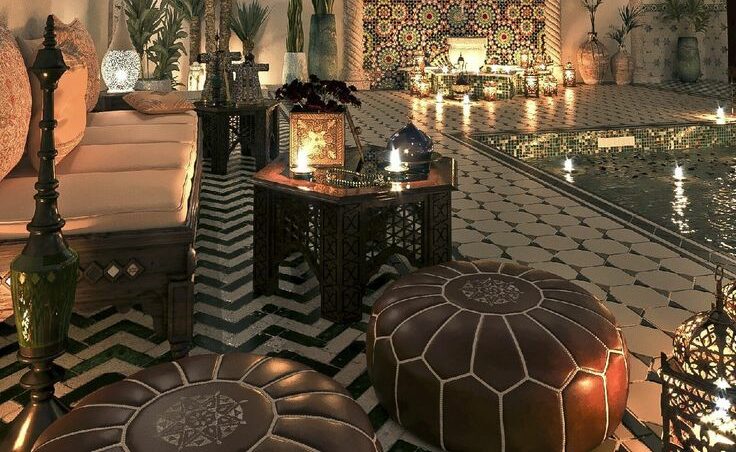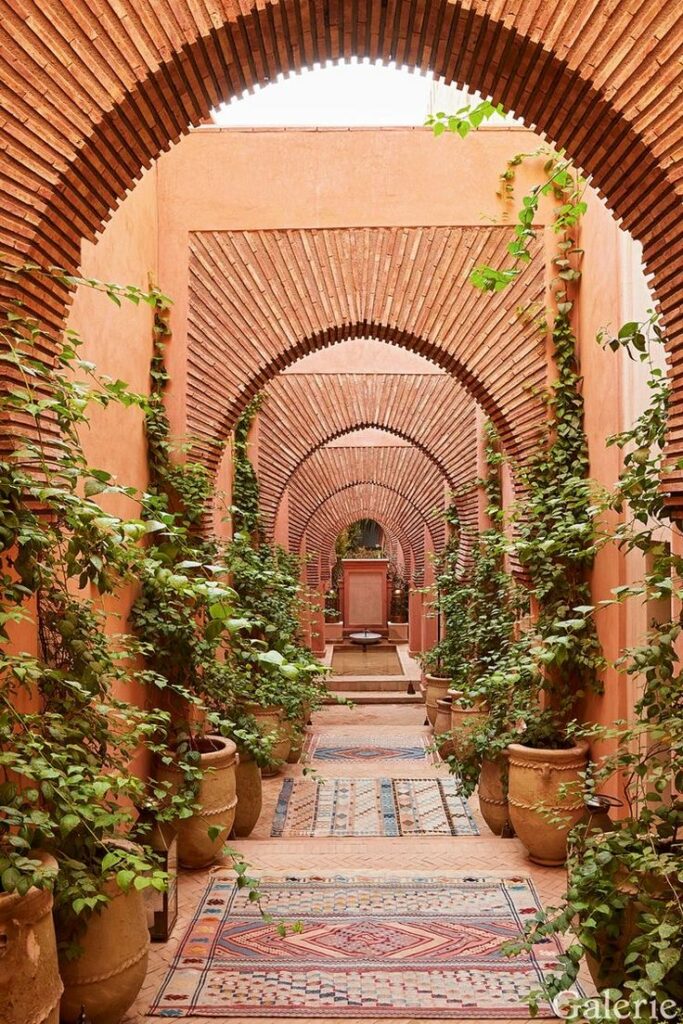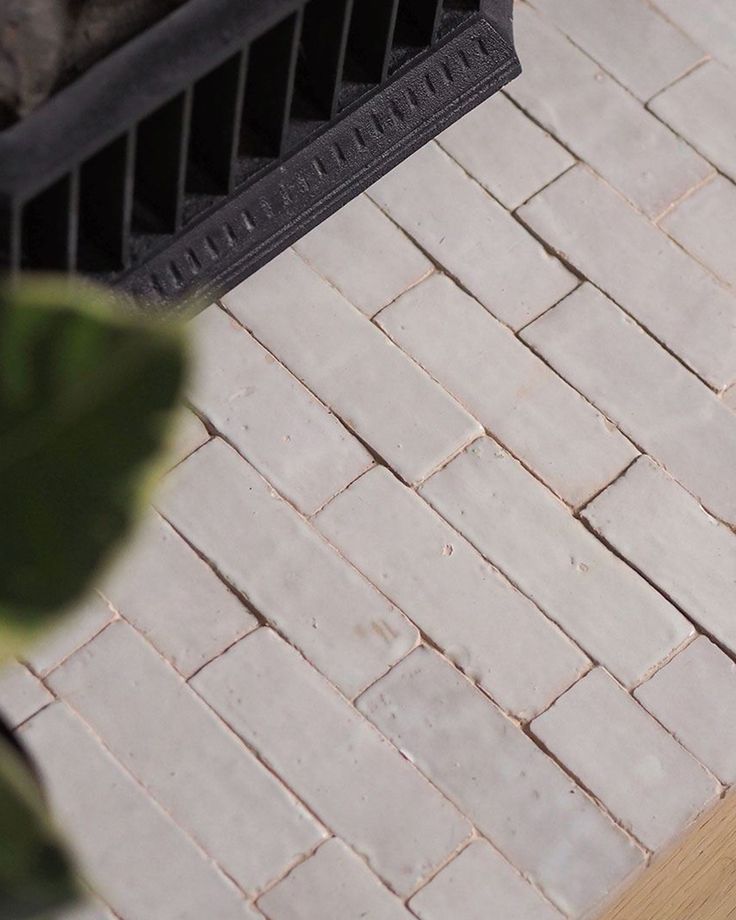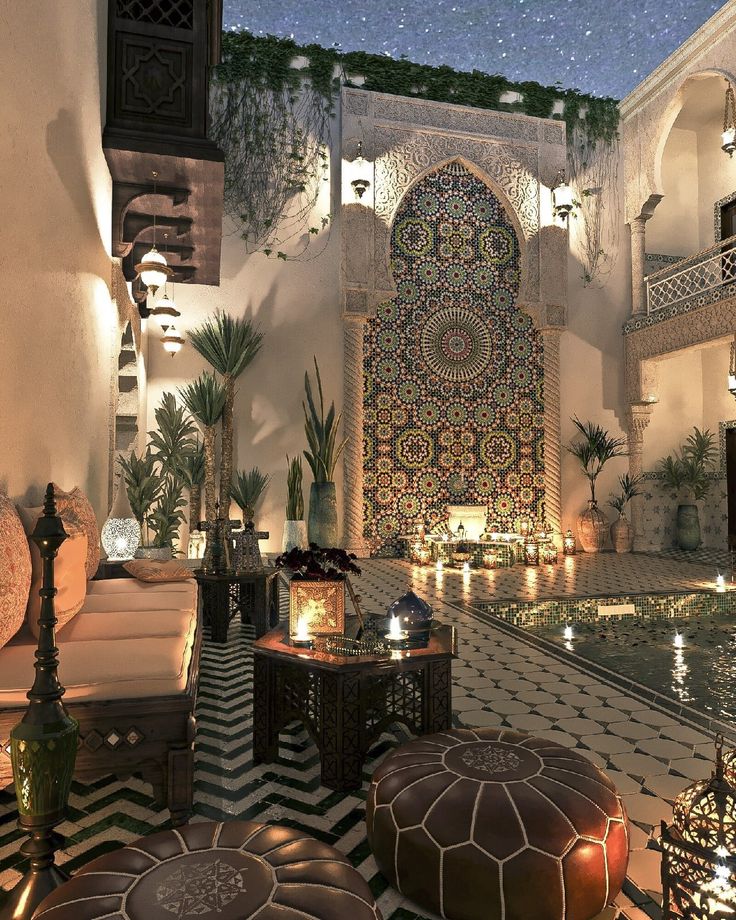Bijmat- the art of carved stone in historic architecture


What is a Bijmat?
One of the finest traditional arts in Islamic and historical architecture is the bajmata, which are meticulously carved stone slabs or pieces used to decorate walls, arches, columns, and roofs. This ancient art is characterized by its harmonious geometric and botanical motifs, which add a touch of luxury and originality to buildings, whether heritage or contemporary.
It relies on the use of natural stone, which is hand-carved with geometric patterns inspired by Islamic, Andalusian, Ottoman, and Moorish architecture, making it an essential element in decorating palaces, mosques, castles, luxury buildings, and monumental facades.
Bijmat in Islamic and historical architecture
Bijmat in Andalusian and Moorish architecture
The swan appeared during the Andalusian era, where it was widely used in decorating facades, corridors, arches, and fountains, and this art was later transferred to the Maghreb, where Moroccan craftsmen developed it and added more intricate details, becoming an essential element in traditional Moroccan architecture.


Bijmat in Ottoman and Levantine Architecture
In the Ottoman Empire, the swan was used in various styles in mosques, palaces, and religious schools, such as the Suleymaniye Mosque and Sultan Ahmed Mosque in Istanbul, where it featured rich geometric details and natural stone colors.
In Persian and Levantine architecture, craftsmen excelled in the use of Bijmat to decorate entrances, facades, and porticoes, with prominent details combining floral motifs, Arabic calligraphy, and geometric patterns.

Stages of swan execution
The process of implementing the swan goes through precise stages that require craftsmanship and inherited experience, including:
Choosing the right type of stone to ensure quality, hardness and harmony with the rest of the architectural elements
Designing geometric and decorative patterns according to the Islamic architectural style, whether Andalusian, Moroccan, Ottoman, or Moorish
Masterful hand carving using specialized tools to carve intricate details
Carefully fitting the stone pieces to ensure aesthetic consistency and structural durability
Adding finishing touches such as smoothing, polishing, and shading to emphasize the beauty of the geometric patterns
Choosing the right type of stone to ensure quality, hardness and harmony with the rest of the architectural elements
Designing geometric and decorative patterns according to the Islamic architectural style, whether Andalusian, Moroccan, Ottoman, or Moorish
Masterful hand carving using specialized tools to carve intricate details
Carefully fitting the stone pieces to ensure aesthetic consistency and structural durability
Adding finishing touches such as smoothing, polishing, and shading to emphasize the beauty of the geometric patterns
Uses of Bijmat in architecture
- Decorating interior and exterior walls with delicate geometric motifs that add a touch of luxury
- Highlighting arches and arches with intricate carvings inspired by historical Islamic arts
- Design luxurious architectural facades that reflect the authentic heritage character
- Add decorative touches to columns and doorways through skillfully carved details
- Combining swatches with zellige and patterned stucco to achieve integrated and harmonious designs

Our expertise in the art of Bijmat
In Andalusian architecture, we rely on skilled craftsmen and advanced techniques to preserve the authenticity of Bajmata, while adapting it to meet the needs of modern architectural projects. Each project is executed with precision and creativity, while respecting the traditional character of historic architecture
